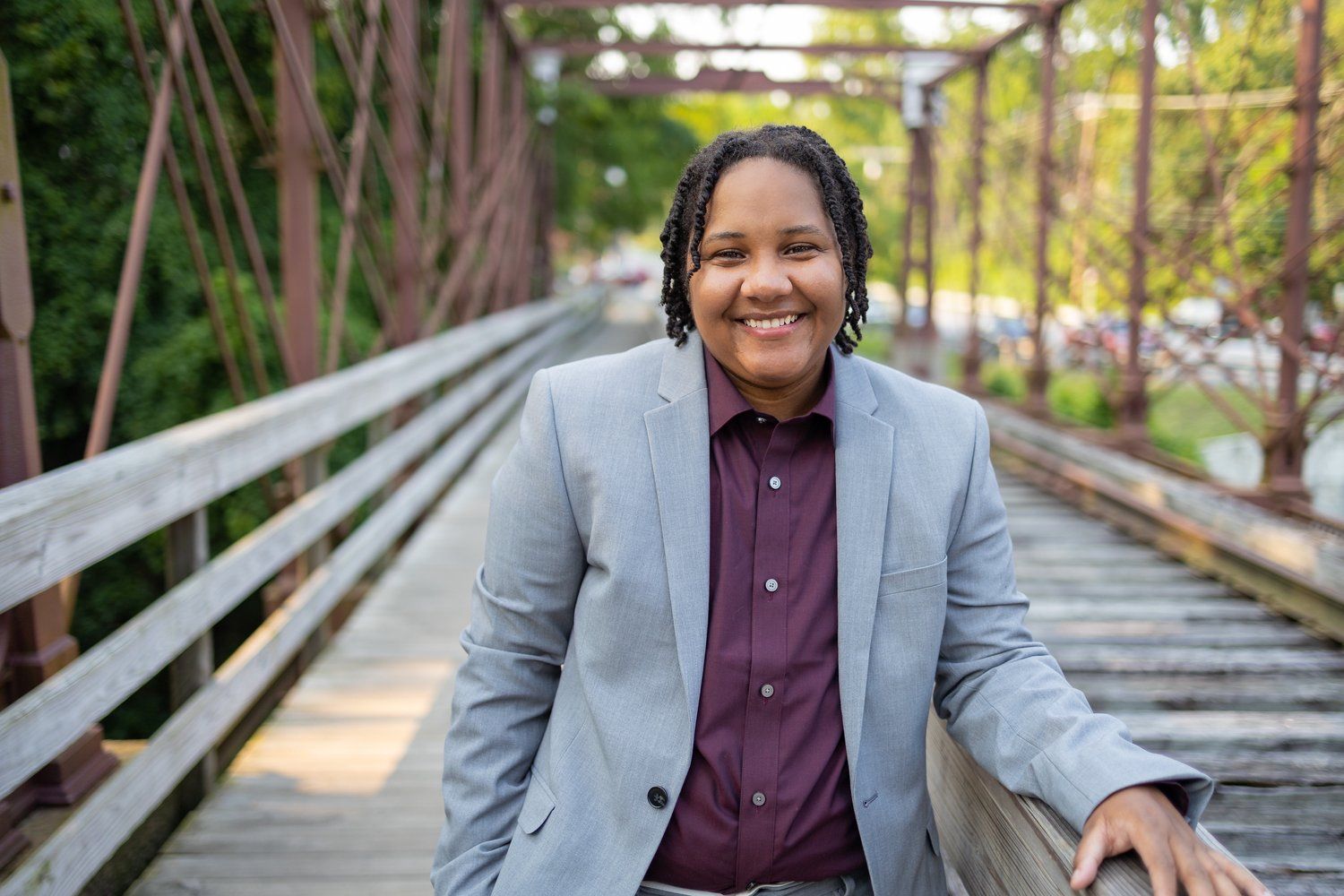Beyond Preservation: A Digital Intervention Into Theatre & Performance Studies | Leticia Ridley
What can digital humanities offer to Theatre and Performance Studies? ... critical approaches to African American history, gender, and movement call the virtues of preservation into question.

When New York University established the first Performance Studies department in 1980 and, subsequently, incorporated the discipline into theatre departments, it caused a lot of anxiety about theatre’s permanence within the academy. Over time, Theatre and Performance Studies have found a way to happily co-exist with one another, demonstrating how controversial conversations within these two disciplines have made way for more dynamic, inclusive, and impactful research. I offer that a serious engagement with digital humanities can too create more possibilities within both Theatre and Performance Studies. As a Theatre and Performance Studies scholar interested in researching Black theatre and performance—specifically Black women’s performative enactments on stage and in popular culture—the inclusion of digital humanities has opened up new possibilities in my research. As I begin to conceive of my AADHum project, I am seeking to highlight how potential links between Theatre, Performance Studies, and digital humanities are opportunities to recuperate the theatrical and performative silences of Black performers and audiences within archive(s).
What can digital humanities offer to Theatre and Performance Studies? Recently, a few Theatre and Performance Studies scholars have endeavored to answer this question by proposing that digital humanities tools provide new means of collecting, archiving, and capturing performance material—such as programs, reviews, or recordings of live performance—for preservation. This project of preservation is important to Theatre and Performance Studies; it helps make archival materials from the past more accessible to those who may not have time, money, and access to travel to archives scattered around the world.
However, critical approaches to African American history, gender, and movement call the virtues of preservation into question. How can Black people whose histories, stories, knowledges, and performances have been erased find a place within this project of preservation?[1] How does the inclusion of gender further complicate the recuperation of knowledges that have historically existed outside of patriarchal institutions? How can one capture performance(s) on stage, in film, on the internet, and throughout everyday life when it is here one moment and gone within the next?
Beyond preservation, Theatre and Performance Studies scholars can use digital methodologies to reorient ourselves to social media, especially through engaging social media sites as living and performing archives—as I plan to do within my own project. This is an important intervention because the hypervisibility of Black users online opens up new ways to think through the stakes of these performances for everyday people. For example, newspaper reviews of Black theatre have traditionally positioned critics as the primary source of the impact, experience, and reception of these performances. Digital spaces like Twitter can now be used to destabilize the dominant idea of an “expert,” as the platform allows for a multiplicity of viewpoints about a performance. This relationship then decenters the primacy of archival materials in “legitimate” accounts of performances and, rather, looks to wider audiences to illustrate the impact and incite others to perform themselves differently. The digital becomes a site for rethinking audience reception and accessibility as we are now able to break through hierarchies of reception that privilege institutional publishing over quotidian experiences. This further allows for Theatre and Performance Studies to theorize how the virtual performance becomes an extension of the physical performance.
These ideas have informed the development of my AADHum project, which is attempting to move beyond the use of digital tools and methods for preservation. I am striving to reframe social media sites as performing archives and explore how they blur the line between performer and audience**.** Thus, I offer my own scholarship as an example of the ways in which the digital can be used to enrich the fields of Theatre and Performance Studies. The methods, theories, and tools provided by digital humanities opens up new possibilities for these two disciplines. Engaging with the digital allows for the creation of alternative archives, but also the opportunity to think through how, in the words of William Shakespeare, “all the world’s a stage,” including the digital.
————————–
[1] This historical recuperative project has been taken up by multimedia maker, storyteller, and cultural keeper Sheelee M. Haynesworth digital humanities project Black Broadway on U (http://blackbroadwayonu.com/).
